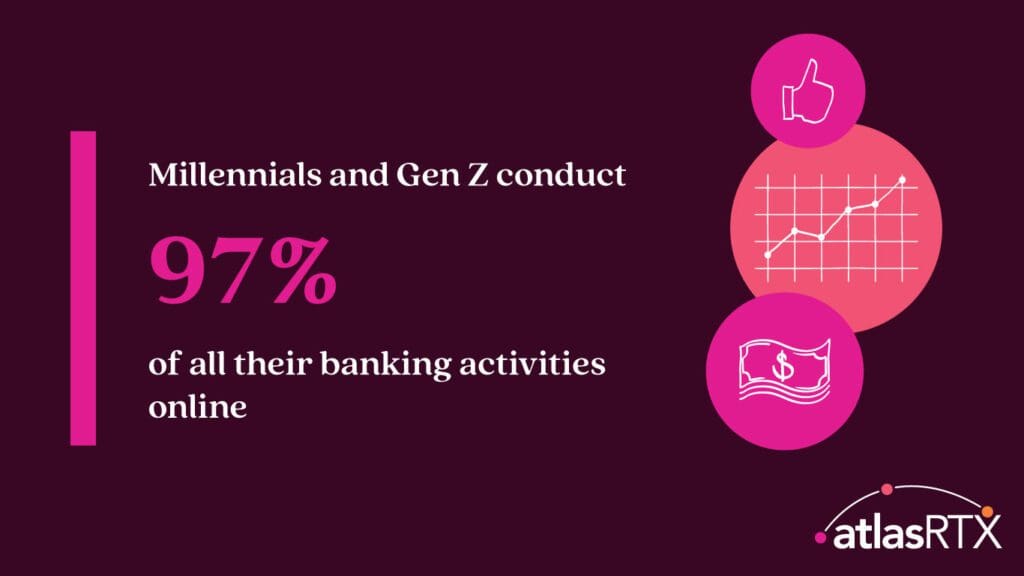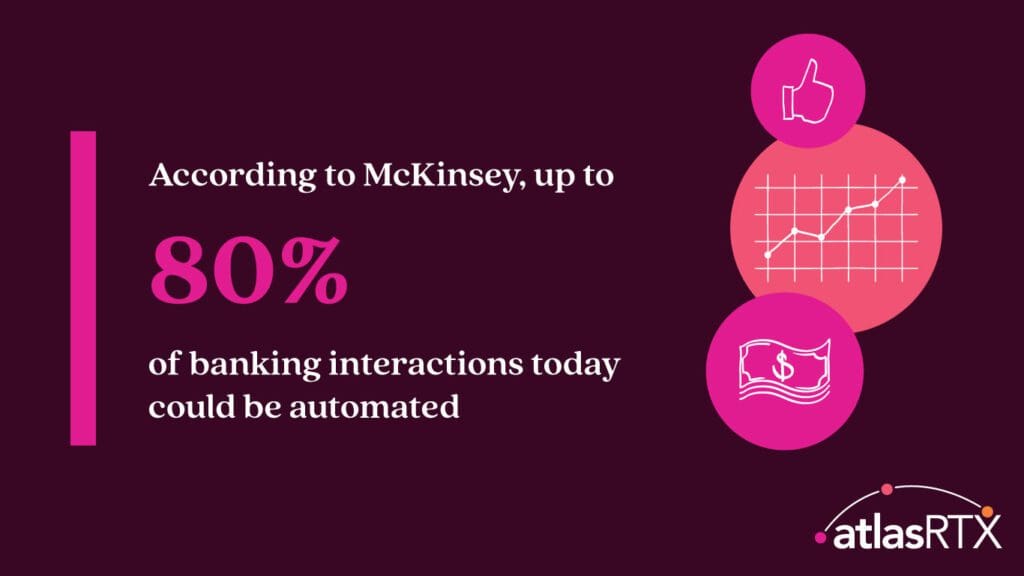Financial institutions are operating in an increasingly complex environment, and so are their audiences. Today’s banks, brokerages, and financial advising firms have to answer increasingly complex customer questions. And customers are willing to go wherever the quickest answer is available.
Within that environment, building a strategy to answer complex customer questions—no matter how nuanced they might be—becomes absolutely vital. Financial institutions that can accomplish that feat will be able to build significant credibility and customer loyalty in the process.
A Complex Financial Environment Yields Complex Customer Questions
It’s probably not a surprise for many financial institutions to find out that in today’s environment, customers have more questions than ever. The stock market has been unsteady since the beginning of the COVID-19 pandemic, rising to highs and dropping to lows seemingly at a whim. And lately, the news is not getting any better, with JPMorgan Chase warning of a looming recession and many other financial experts agreeing on its likelihood.
That recent trend has only complicated what’s already a difficult situation for most customers of financial institutions. Over the past decades, the rise of privately managed retirement funds and life insurance policies has placed more financial power in the hands of employees. But of course, with great power comes great responsibility.
Financial literacy rates have been dropping for years. Experts agree that these dropping rates are due to increasing complexity. As a result, more responsibility is in the hands of consumers. They now have to figure out their entire financial situation by themselves. Additionally, nearly two-thirds of Americans now live paycheck to paycheck, adding a sense of urgency to the equation that only exacerbates the complexity of the situation.

Expectations of a Customer-Centric Financial Reality
In the midst of that complexity, today’s banking environment also operates in a customer-centric world. We know that 70% of all banking today happens online. Personal visits to branches and even phone inquiries are rare. We also know that this figure rises to 97% when only considering millennials and gen z banking customers. It’s a major reason why online-only banks and brokerages have experienced such a rapid rise in popularity over the last decade.
We also know that, at least partially, this self-service nature of banking has led to increased customer expectations of financial institutions. Money should move instantly. Questions shouldn’t wait to receive an answer. They want their concerns immediately taken care of. It’s a blessing, then, that according to McKinsey estimates, up to 80% of banking transaction interactions today could be automated.
However, that statistic only discusses the potential of financial customer interactions. It does not account for its current realities. Poor customer service is consistently cited as the top complaint customers have with their banks, even and especially if those interactions occur in online formats. The expectations are not just high. They’re also difficult to reach for financial institutions. Cue the alternatives.

The Issue With Today’s Sources of Digital Financial Information
Let’s zoom out of the financial industry for a minute. Consider the broader digital environment your audience finds itself in today. Information needs to be instant, not just in banking or investing, but across the spectrum. As a result, consumers turn to search engines on their phones and desktop devices for quick and easy answers. It’s the entire value proposition of services like Google and Bing, explained in a nutshell.
But there’s an issue with that approach. Every business knows about this pattern. Getting audience attention, then, becomes as simple as ranking highly in the terms they search for. Clicks to their website result in ad revenue. However, the customer’s long-term goal is of little value as soon as that click happens.
Imagine the following scenario for a member of your core audience:
- A potential customer is looking for a personal loan your bank offers.
- The customer types a search term related to personal loan interest rates into Google.
- The results show the websites of every business trying to rank highly for that search term, including blogs and payday loan programs.
- The customer is sold by a loan that pays out immediately, over the better long-term option you offer with significantly lower rates.
Of course, this is just one of the countless scenarios. The basic concern, though, remains the same. The trend to turn to search engines immediately, along with plenty of businesses just waiting for that search, means the expectations of instant help are subverted into dubious information.
Neither the credible financial institution nor the customer actually wins. The customer may be prompted to make decisions that are not actually in their best interest. And, a credible financial institution loses a potential long-term customer.
AI Solutions Can Answer Complex Customer Questions
Customer questions are increasingly complex, and their expectations are increasingly for financial answers. To fill the void, they turn to third-party tools like search engines. But what if that void didn’t need to be filled to begin with?
That’s the promise artificial intelligence holds in banking and the financial industry. Consider the potential of an AI-enabled digital assistant, placed on the website and available to any customer via text. A question about loan interest rates or payoff dates can be answered instantly. At the same time, every interaction helps the assistant learn and add to its database for future customer conversations.
The result is not just faster answers. It’s faster and more credible answers, delivered straight from the source. That benefits both parties, building credibility on both sides while developing a mutually-beneficial relationship between financial institutions and their audience.
Research shows that banks with higher customer satisfaction rates generate higher returns. It also shows that AI is particularly beneficial in building that satisfaction level. Digital assistants provide instant answers to basic questions as a first engagement layer. Then, they push more personal and customized needs onto human representatives.
In this new customer interaction ecosystem, financial institutions can leverage AI to achieve what many have been looking to do for years: provide helpful answers to increasingly complex customer questions.Learn more about how AI can help financial institutions meet consumer expectations by efficiently answering complex customer questions. Talk to the team at AtlasRTX.


